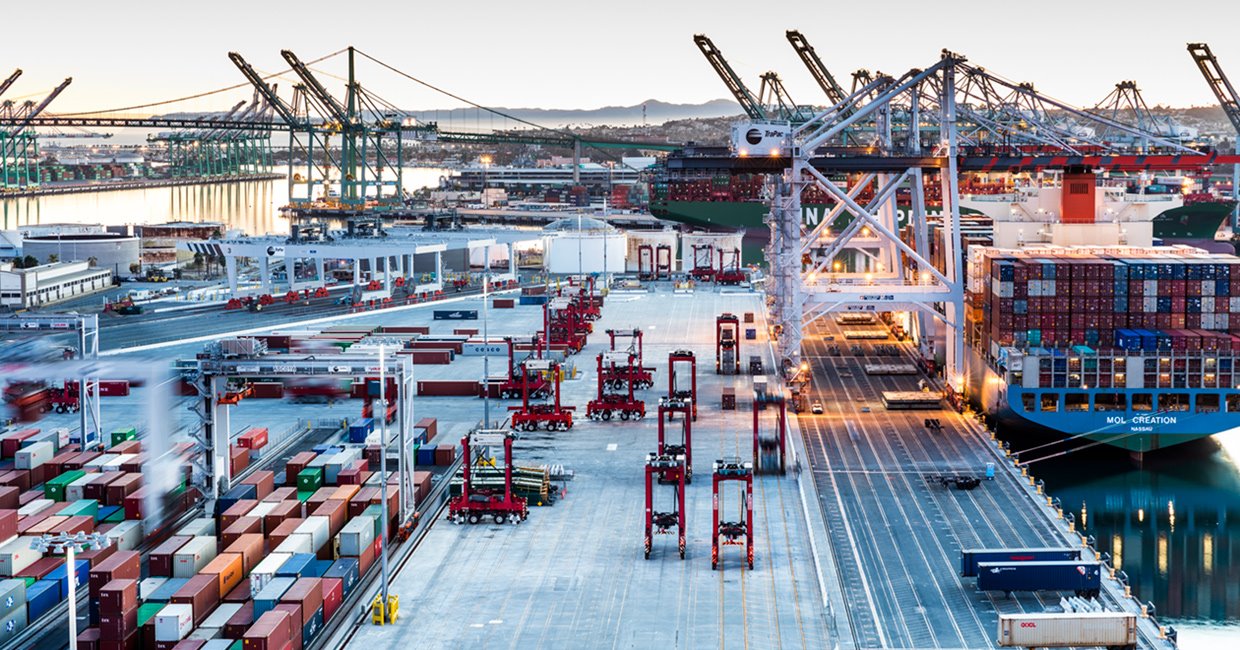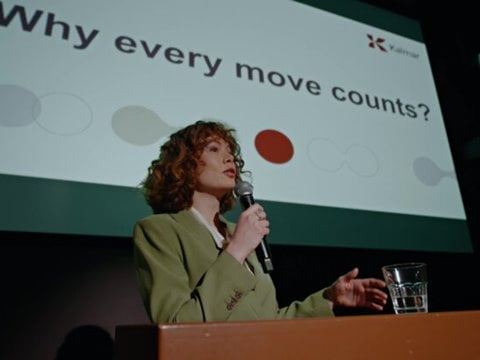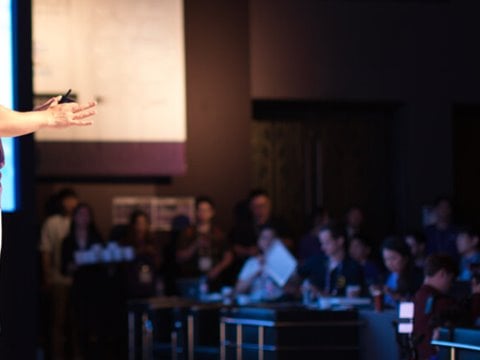
All roads lead to automation
Top notch safety reduces lost working hours, the costs of damaged equipment, and lowers insurance premiums. Automation can also be a solution to other vital terminal operator concerns by reducing operating costs, optimising efficiency and economic utilisation of space.
“Our industry is ten years behind other industries in using automation. Current terminal automation solutions focus on internal operations. Terminals are still isolated black boxes in the value chain. We need to consolidate automation not just in equipment, but also from the process and decision perspective,” argues Dr Oscar Pernia, Vice President of Terminal Operational Innovation at Navis.
Many new and more complex push factors have arisen in recent years. All trends in the shipping industry point to greater automation. With today’s fierce competition, shipping companies, vessels and terminal hubs are all becoming larger, while trade patterns in the shipping industry are experiencing greater fluctuations. This demands an incredibly flexible workforce and, more often than not, inhumanely long shifts. In addition, it has become increasingly difficult to find skilled and motivated workers.
With the rise of automation many of these cease to be an issue.
According to Pernia, we often tend to focus only on operational performance when listing the benefits of terminal automation. “However, other benefits come in the safety, security and environmental aspects of the operation and leveraging a data-driven mindset along all those areas,” he says.
“When a manual terminal is converted to an automated operation, the labour costs drop by up to 60 per cent, maintenance by 20 per cent and power and fuel costs up to 25 per cent,” lists Dr Jari Hämäläinen, Director of Terminal Automation at Kalmar.
“In addition, with each step forward, automation improves safety. And better safety reduces the number of lost working hours, equipment damage costs and insurance premiums,” he adds.
Automation also increases environmental sustainability. “For example it can save energy by optimising the performance of the machine, as well optimising the entire machine fleet to operate according to contextual situation,” notes Hämäläinen.
In an automated terminal, processes are more predictable, and idle waiting times will eventually disappear. Thanks to precision scheduling, there will be fewer traffic jams resulting in less environmental pressures, greater operating efficiency and lower operating costs, and streamlined use of space.
The focus is on people
Converting to automation is a complex process that requires careful planning, thorough testing and pre-integration to ensure the compatibility of all systems.
However, technology is probably the easiest step when moving from manual operations to automated systems.
"Workers' biggest worry is their jobs. This concern must be taken seriously, even where the main goal is not labour cost cutting,” Hämäläinen says.
People are still needed in an automated terminal but significantly less. Hämäläinen notes that one example is remotely controlled AutoRTG cranes. Operators are taken out of the cabins to the safety and comfort of the control room. The operator's task is to ensure that the processes run smoothly and efficiently. The work becomes less physically strenuous, less stressful and more motivating.
“We will see fundamental and necessary changes in how we work in the coming years.”
“Youngsters today are born into a world of Wifi, smart phones, and other high tech, so they are comfortable in modern terminal control rooms and prefer them to outside manual container operations,” says Hämäläinen.
Cultural change
The long-term benefits of automation are clearly evident, but the benefits come with widespread changes that will need to be addressed in a comprehensive way.
As warehouse workers become operators of automated warehouses, and engine mechanics become engineers who can calibrate integrated sensor systems, port workers will need to become skilled professionals at home with sophisticated automated systems.
According to Pernia, traditional jobs at terminals will evolve to become more process oriented, and then data-driven and analytical.
An easily forgotten aspect of terminal automation is that the migration is as much or even more a cultural rather than technical issue. Whether creating a new automated terminal or converting a manual terminal to automated operations, change management is crucial.
“Equipment upgrades are usually planned carefully, but people-related issues are quite often overlooked. This happens even though changing human behaviour takes time as people adapt themselves to new ways of working,” notes Hämäläinen.
The big picture
Even if terminal operations were to remain unchanged, the world is evolving. The entire supply chain is on the cusp of the next big wave of automation.
Robotics, artificial intelligence and big data will transform operations in ways that we cannot even yet imagine. Pernia says that technology will not be relevant if fundamental changes in planning and execution processes are not introduced as well. We lack the tangible steps and solutions of a holistic approach to support supply chain networks with actionable visibility and holistic intelligence. A look into the future shows goods being shipped by an autonomous container vessel. At the terminal, containers will be loaded by robots onto a driverless truck to be transported to a highly automated factory or a distribution centre. A collaborative intelligent robot will then take over to handle the last mile. All parts of the automated chain will communicate with each other thanks to compatible integrated technology. To fit into this system, terminals must become integrated and connected nodes working seamlessly with the automated world they inhabit.
“We are still in the early phases of terminal automation. I can imagine a future automated world where the cars, vessels and trucks all operate autonomously. That will demand a transparent information flow throughout the logistics chain and intelligent decision making. This is where the performance of global logistics will jump to a completely new level,” says Hämäläinen.
Pernia points out that setbacks and challenges are inevitable. The key is to keep in mind the big picture. Trying to fix one element in isolation will not bear maximum benefits, as other pieces of the puzzle will hold us back.
“One thing is certain, shipping is here to stay, certainly for the foreseeable future, but we will see fundamental and necessary changes in how we work in the coming years. It is crucial to clearly identify the problems that come with change, and to make sure that innovative solutions are introduced step by step as the changes occur. It’s very important to avoid being distracted by the next big, disruptive technology”, says Pernia.
“Terminal operators want and need the very best container handling equipment, and they don’t necessarily stay with the same equipment vendors. Therefore, the automation software architecture must make it possible for machines from different makers to be compatible and work together. “These sorts of software solutions will be even more vital in the future,” says Hämäläinen.
“Change is unavoidable, so the question is how to manage it.”
Terminal automation & safety
- Humans and machines are decoupled
- Operators are taken out of the terminal yard
- Predictability of operations increases
- Equipment damage costs are reduced
- Fewer lost working hours
- Machines help to reduce human error
- Lower insurance premiums
- Reduced risk of environmental accidents
Oscar Pernia
Vice President, Terminal Operational Innovation, Navis
Jari Hämäläinen
Director, Terminal Automation, Kalmar
Related articles
Further reading
Subscribe and receive updates in your email
Subscribe













